Jason Stock
SRViT: Vision Transformers for Estimating Radar Reflectivity from Satellite Observations at Scale
Jun 20, 2024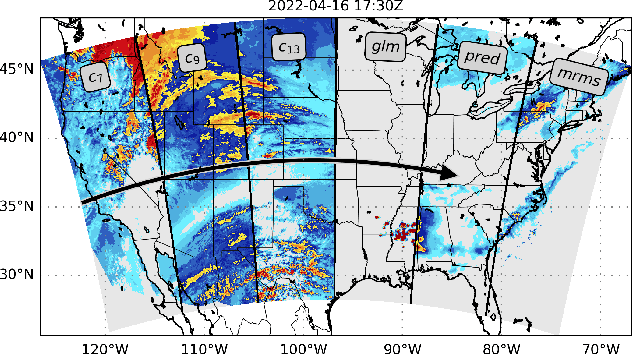
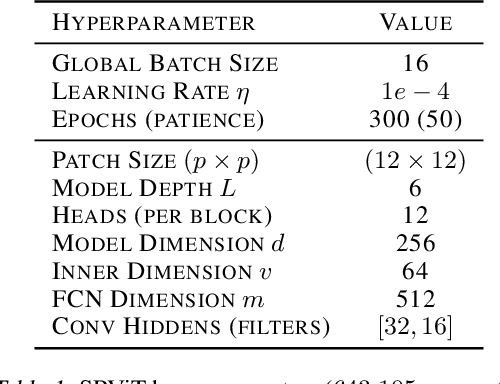
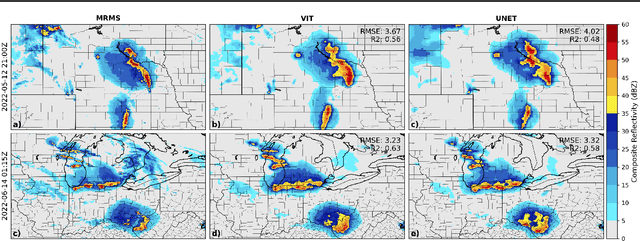

Abstract:We introduce a transformer-based neural network to generate high-resolution (3km) synthetic radar reflectivity fields at scale from geostationary satellite imagery. This work aims to enhance short-term convective-scale forecasts of high-impact weather events and aid in data assimilation for numerical weather prediction over the United States. Compared to convolutional approaches, which have limited receptive fields, our results show improved sharpness and higher accuracy across various composite reflectivity thresholds. Additional case studies over specific atmospheric phenomena support our quantitative findings, while a novel attribution method is introduced to guide domain experts in understanding model outputs.
DiffObs: Generative Diffusion for Global Forecasting of Satellite Observations
Apr 04, 2024



Abstract:This work presents an autoregressive generative diffusion model (DiffObs) to predict the global evolution of daily precipitation, trained on a satellite observational product, and assessed with domain-specific diagnostics. The model is trained to probabilistically forecast day-ahead precipitation. Nonetheless, it is stable for multi-month rollouts, which reveal a qualitatively realistic superposition of convectively coupled wave modes in the tropics. Cross-spectral analysis confirms successful generation of low frequency variations associated with the Madden--Julian oscillation, which regulates most subseasonal to seasonal predictability in the observed atmosphere, and convectively coupled moist Kelvin waves with approximately correct dispersion relationships. Despite secondary issues and biases, the results affirm the potential for a next generation of global diffusion models trained on increasingly sparse, and increasingly direct and differentiated observations of the world, for practical applications in subseasonal and climate prediction.
An Interpretable Model of Climate Change Using Correlative Learning
Dec 05, 2022

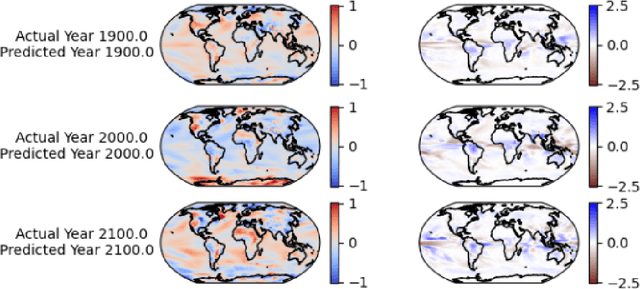
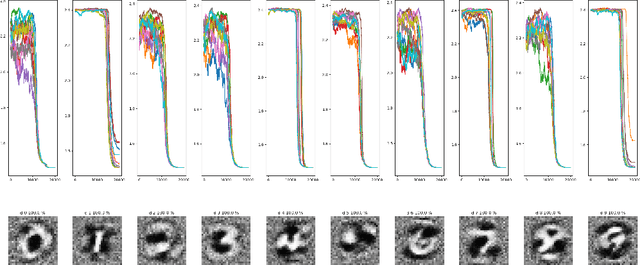
Abstract:Determining changes in global temperature and precipitation that may indicate climate change is complicated by annual variations. One approach for finding potential climate change indicators is to train a model that predicts the year from annual means of global temperatures and precipitations. Such data is available from the CMIP6 ensemble of simulations. Here a two-hidden-layer neural network trained on this data successfully predicts the year. Differences among temperature and precipitation patterns for which the model predicts specific years reveal changes through time. To find these optimal patterns, a new way of interpreting what the neural network has learned is explored. Alopex, a stochastic correlative learning algorithm, is used to find optimal temperature and precipitation maps that best predict a given year. These maps are compared over multiple years to show how temperature and precipitations patterns indicative of each year change over time.
Interpretable Climate Change Modeling With Progressive Cascade Networks
May 12, 2022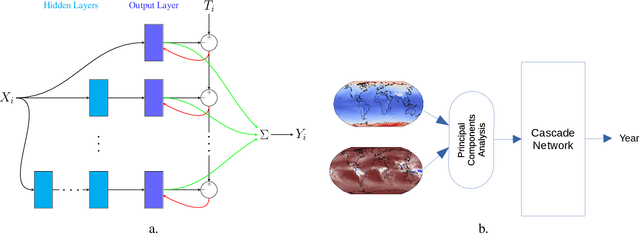
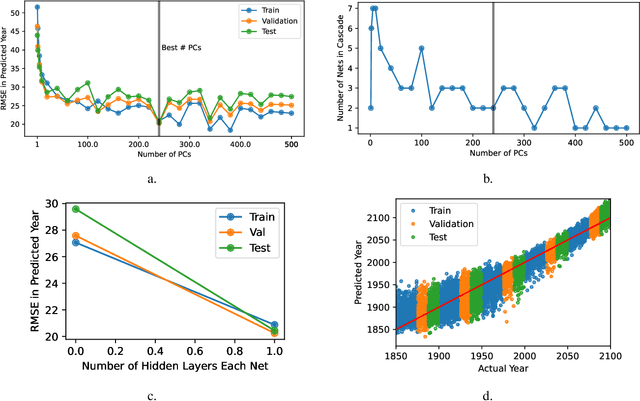
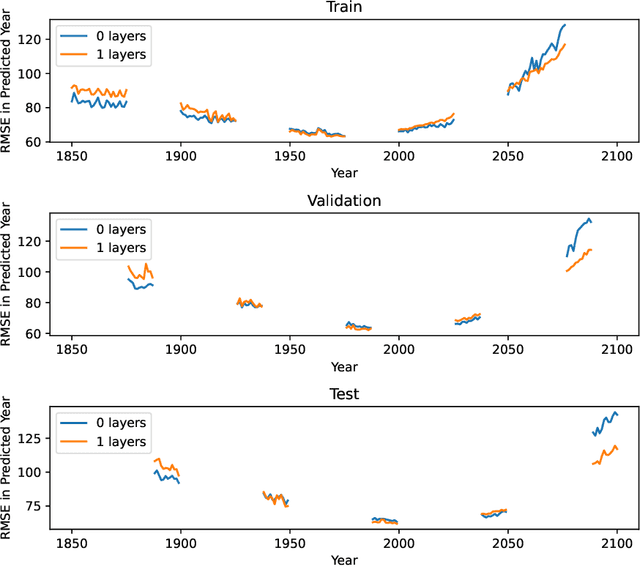
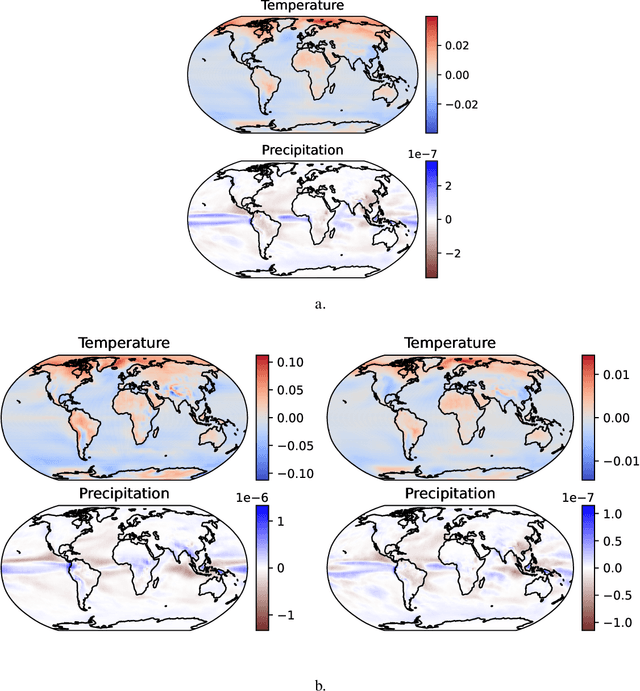
Abstract:Typical deep learning approaches to modeling high-dimensional data often result in complex models that do not easily reveal a new understanding of the data. Research in the deep learning field is very actively pursuing new methods to interpret deep neural networks and to reduce their complexity. An approach is described here that starts with linear models and incrementally adds complexity only as supported by the data. An application is shown in which models that map global temperature and precipitation to years are trained to investigate patterns associated with changes in climate.
Trainable Wavelet Neural Network for Non-Stationary Signals
May 06, 2022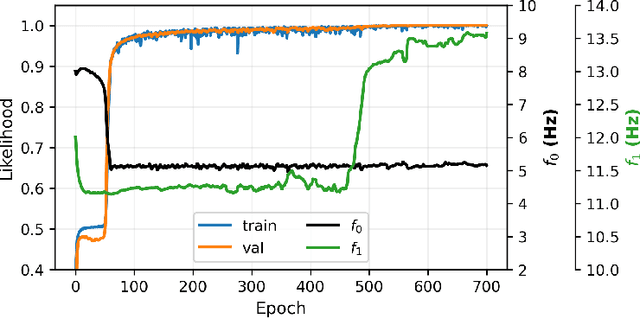


Abstract:This work introduces a wavelet neural network to learn a filter-bank specialized to fit non-stationary signals and improve interpretability and performance for digital signal processing. The network uses a wavelet transform as the first layer of a neural network where the convolution is a parameterized function of the complex Morlet wavelet. Experimental results, on both simplified data and atmospheric gravity waves, show the network is quick to converge, generalizes well on noisy data, and outperforms standard network architectures.
CIRA Guide to Custom Loss Functions for Neural Networks in Environmental Sciences -- Version 1
Jun 17, 2021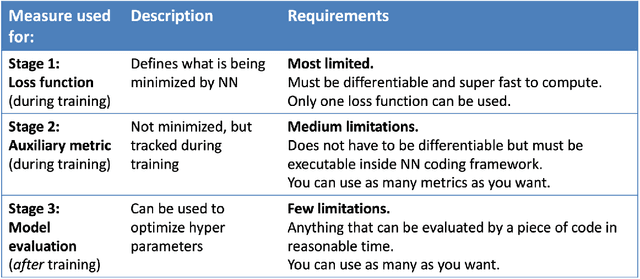

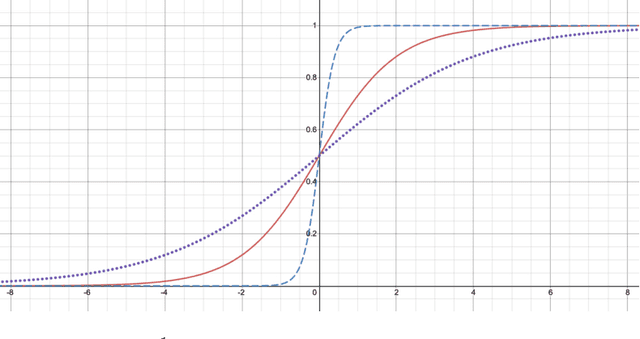
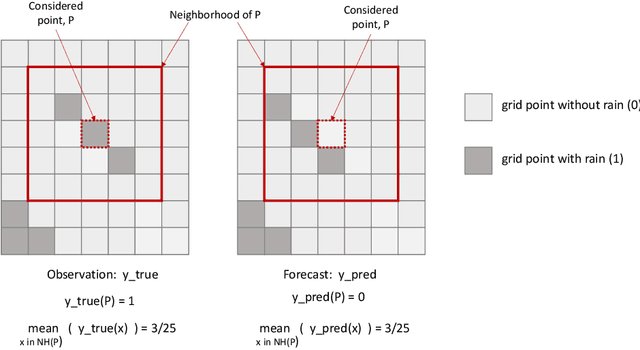
Abstract:Neural networks are increasingly used in environmental science applications. Furthermore, neural network models are trained by minimizing a loss function, and it is crucial to choose the loss function very carefully for environmental science applications, as it determines what exactly is being optimized. Standard loss functions do not cover all the needs of the environmental sciences, which makes it important for scientists to be able to develop their own custom loss functions so that they can implement many of the classic performance measures already developed in environmental science, including measures developed for spatial model verification. However, there are very few resources available that cover the basics of custom loss function development comprehensively, and to the best of our knowledge none that focus on the needs of environmental scientists. This document seeks to fill this gap by providing a guide on how to write custom loss functions targeted toward environmental science applications. Topics include the basics of writing custom loss functions, common pitfalls, functions to use in loss functions, examples such as fractions skill score as loss function, how to incorporate physical constraints, discrete and soft discretization, and concepts such as focal, robust, and adaptive loss. While examples are currently provided in this guide for Python with Keras and the TensorFlow backend, the basic concepts also apply to other environments, such as Python with PyTorch. Similarly, while the sample loss functions provided here are from meteorology, these are just examples of how to create custom loss functions. Other fields in the environmental sciences have very similar needs for custom loss functions, e.g., for evaluating spatial forecasts effectively, and the concepts discussed here can be applied there as well. All code samples are provided in a GitHub repository.
Who's a Good Boy? Reinforcing Canine Behavior in Real-Time using Machine Learning
Jan 11, 2021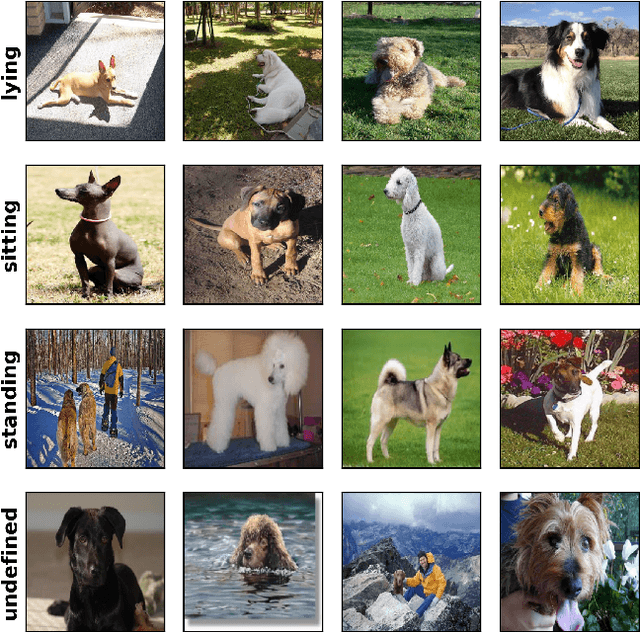
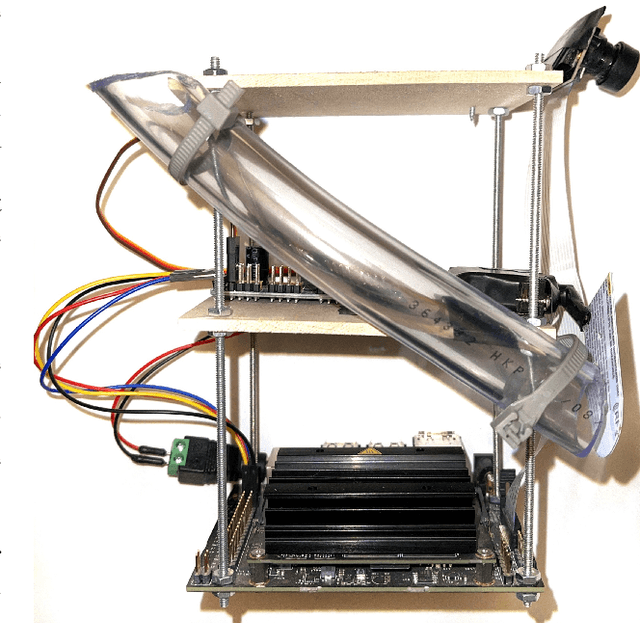
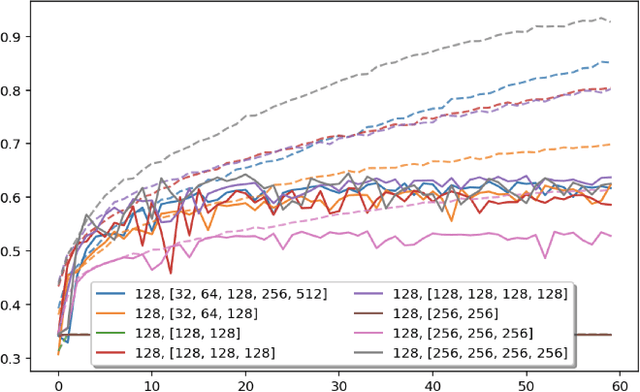
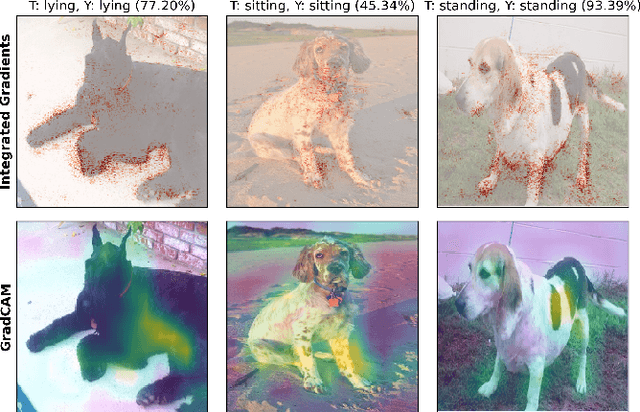
Abstract:In this paper we outline the development methodology for an automatic dog treat dispenser which combines machine learning and embedded hardware to identify and reward dog behaviors in real-time. Using machine learning techniques for training an image classification model we identify three behaviors of our canine companions: "sit", "stand", and "lie down" with up to 92% test accuracy and 39 frames per second. We evaluate a variety of neural network architectures, interpretability methods, model quantization and optimization techniques to develop a model specifically for an NVIDIA Jetson Nano. We detect the aforementioned behaviors in real-time and reinforce positive actions by making inference on the Jetson Nano and transmitting a signal to a servo motor to release rewards from a treat delivery apparatus.
Strategies for Robust Image Classification
Mar 26, 2020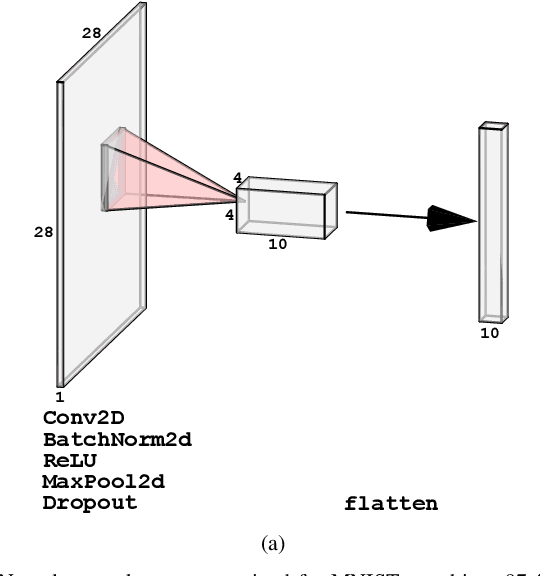
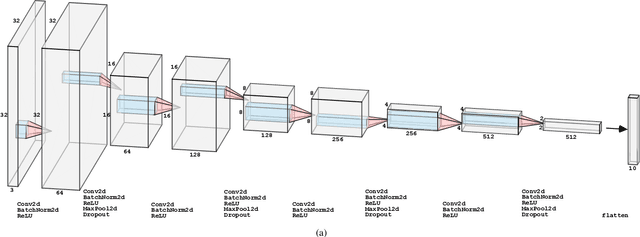

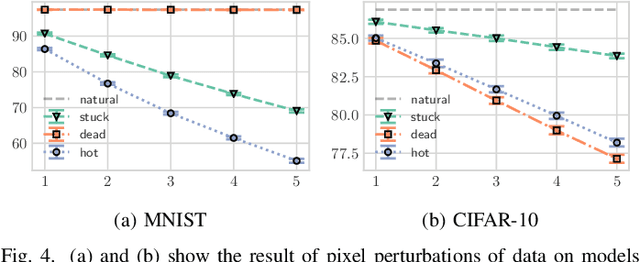
Abstract:In this work we evaluate the impact of digitally altered images on the performance of artificial neural networks. We explore factors that negatively affect the ability of an image classification model to produce consistent and accurate results. A model's ability to classify is negatively influenced by alterations to images as a result of digital abnormalities or changes in the physical environment. The focus of this paper is to discover and replicate scenarios that modify the appearance of an image and evaluate them on state-of-the-art machine learning models. Our contributions present various training techniques that enhance a model's ability to generalize and improve robustness against these alterations.
 Add to Chrome
Add to Chrome Add to Firefox
Add to Firefox Add to Edge
Add to Edge